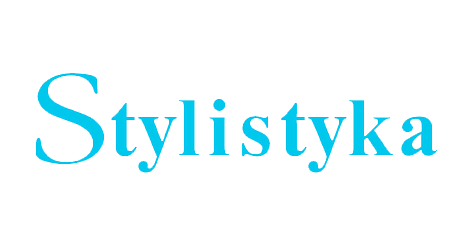

Among the ancient rhetorical figures there was nu allusion though undoubtedly, it constitutes a kind of figure. Aposiopesis and parosiópe »is seem to be the closest to it because they take into consideration keeping silent and a concealment. From the newer subject literature, especially the work of K. Górski Literary Allusion (1984) is worth one’s attention. According to the author, “any allusion is talking about an object without mentioning it in a clear way." The theory of allusion is enriched by the works of J. Rokoszowa about keeping silent and K. Pisarkowa about concealments. The author of the latter work deu ded to investigate the process of allusion communication in concrete texts. In an unliterary allusion that took place during a telephone conversation of certain criminal procedure participants, a huge role was performed by pronouns as substitutive names of objects that were in a con-situation and that were subject to a penal proceeding. In the literary allu ion documented with the examples from Czesław Milosz’s poetry , one could see references to commonly known works from an external context. The author defines an alluuon as a semantic stylistic figure based on double meaning. The °igns expressing an allusion are characterized by different degrees of explicitness. The process of allusion making is selective and therefore, it can be stylistically marked.
Pobierz pliki
Zasady cytowania